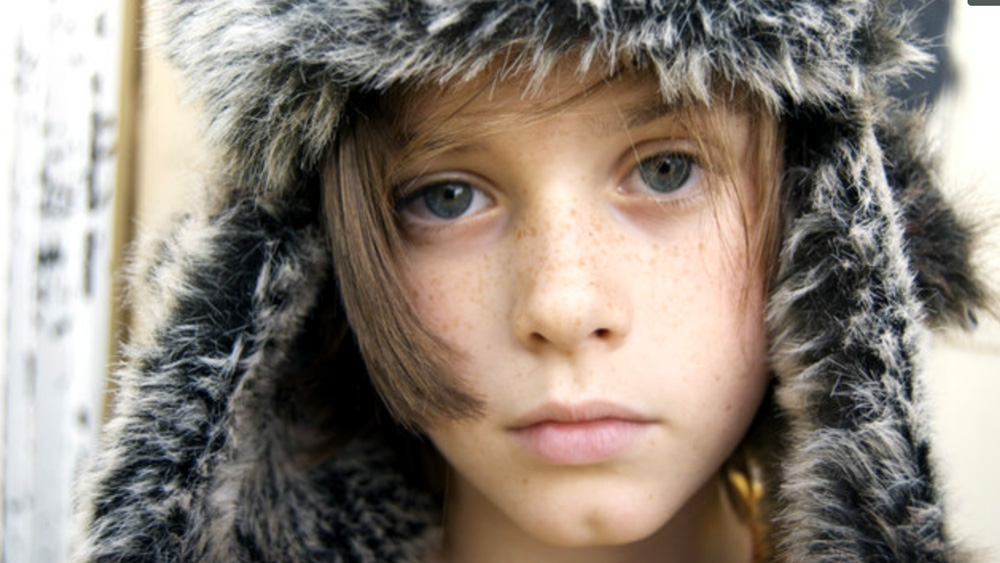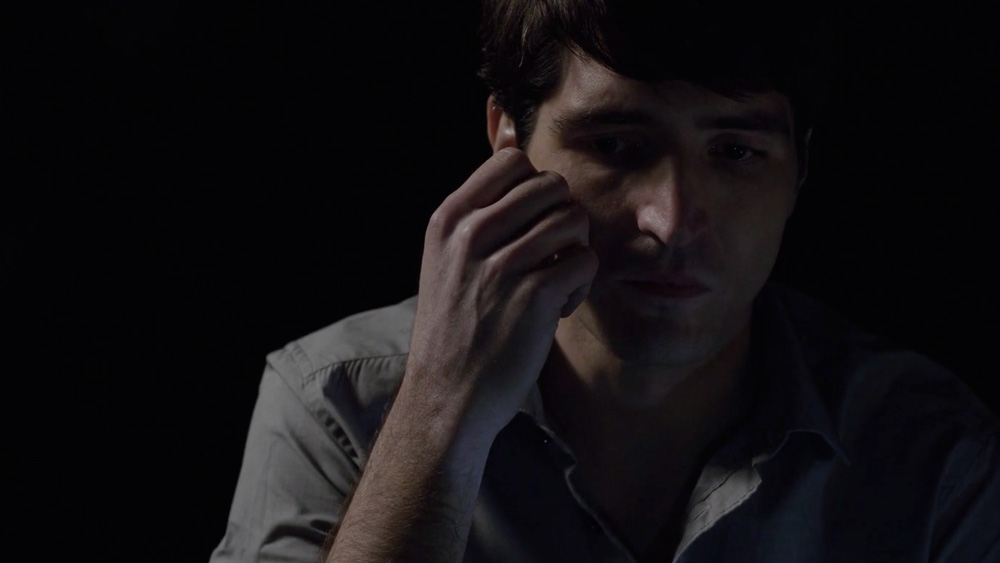Clementines tells the story of two adult stepsisters who, having been mysteriously forced apart as teenagers, reunite at a funeral at their childhood home in the south of France.
Clem is returning to her childhood home. After almost seven years away, it is not only the funeral of her once stepfather that is bringing her back. But what she is running away from and who she is returning to; her old step-sister Clémentine. The women haven’t seen each other for years, but what tore them apart as teenagers is now pulling Clem back. A gently paced film by Laurie Barraclough, who takes us through the delicate moments of rediscovering the past.
The genesis of ‘Clementines’ was a really interesting and in many ways backwards process for a short film. Initially the two actor/producers Isabella and Molly came to me and pitched some ideas inspired by, and set in, the amazing house they spent so much of their youth in, and that means so much to both of them. They didn’t have a story as such, but I was totally won over by their passion, their initial ideas and of course the house itself.
And so ‘Clementines’ was born
It turned out that it was Molly’s family home and that Isabella used to visit with her family most summers as a child. The two of them had lost touch since then but recently reconnected. We thought that would make a fascinating spine for the film. We then mined their memories and experiences of the house – and each other. And we brought in Frankie, a brilliant screenwriter, to develop the story – and so ‘Clementines’ was born. You could call it a semi-autobiographical film in that sense.
While the environment holds a character on its own, Isabella and Molly delivered memorable performances through their riveting progressions. They were able to capture the essence and space of the natural surrounding, to ultimately create a fundementally unified experience. But part of the film’s natural feeling came from its lighting. ‘Clementines’ was shot on the Sony A7Sii – with pretty much one 35mm lens on and using natural light for the entire shoot. As they lived in the main location for a week, they fortunately had way more time to make sure everything was perfect – e.g. sun position, blocking, framing – to get the most out of what is a brilliant, but lower-end camera.




